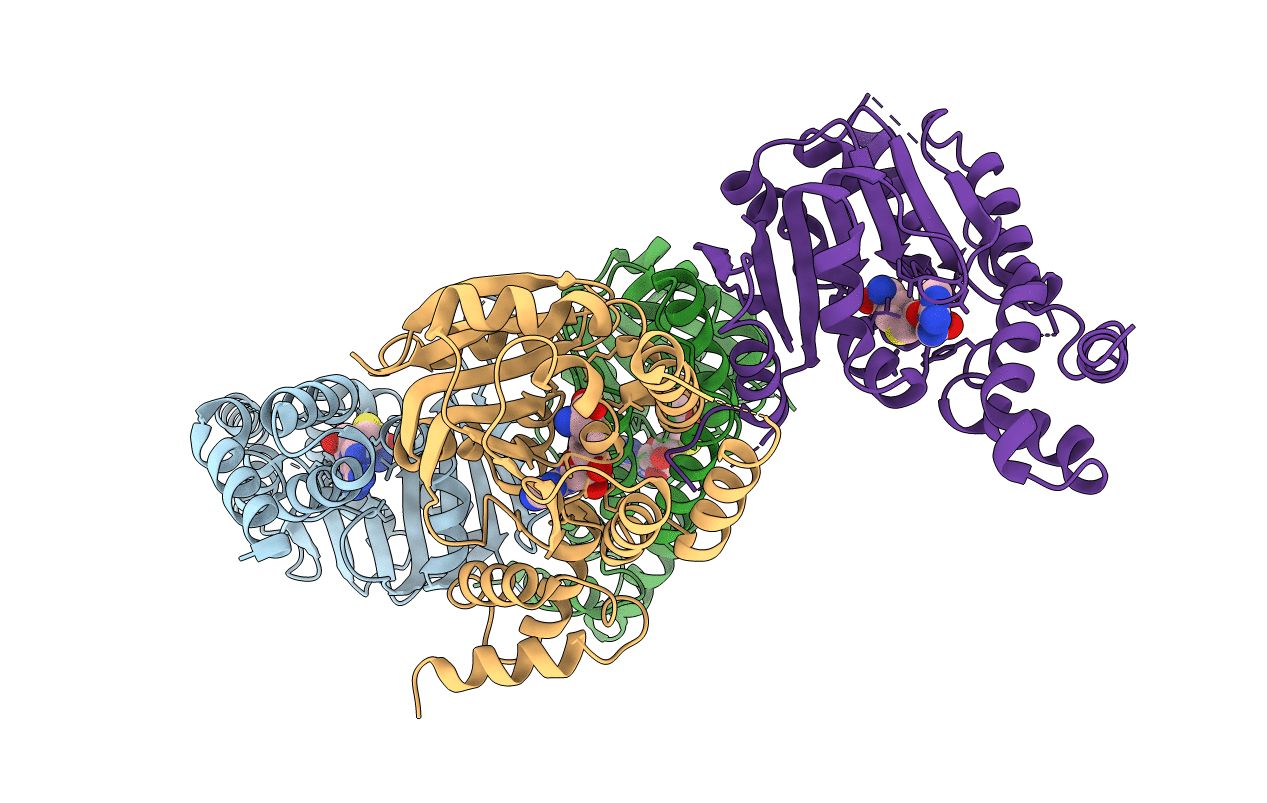
Deposition Date
2019-07-08
Release Date
2019-10-16
Last Version Date
2023-10-11
Entry Detail
PDB ID:
6PQB
Keywords:
Title:
Crystal structure of aminoglycoside-resistance methyltransferase RmtC bound to S-adenosylhomocysteine (SAH)
Biological Source:
Source Organism:
Proteus mirabilis (Taxon ID: 584)
Host Organism:
Method Details:
Experimental Method:
Resolution:
3.14 Å
R-Value Free:
0.23
R-Value Work:
0.20
R-Value Observed:
0.20
Space Group:
P 61


